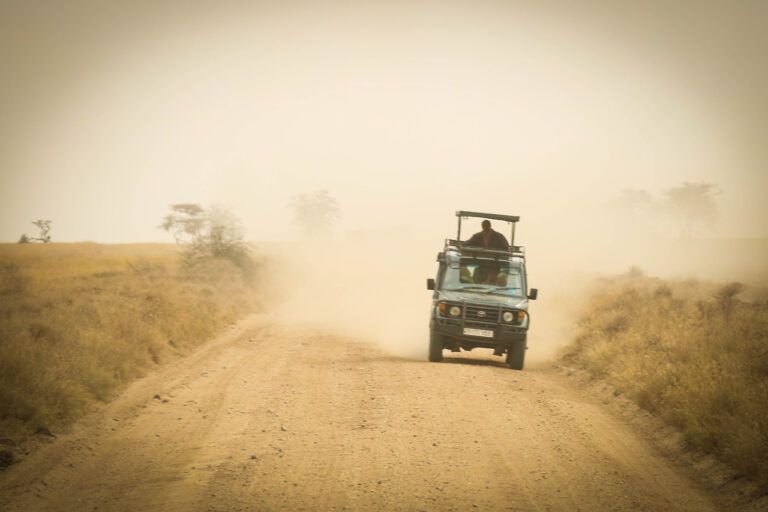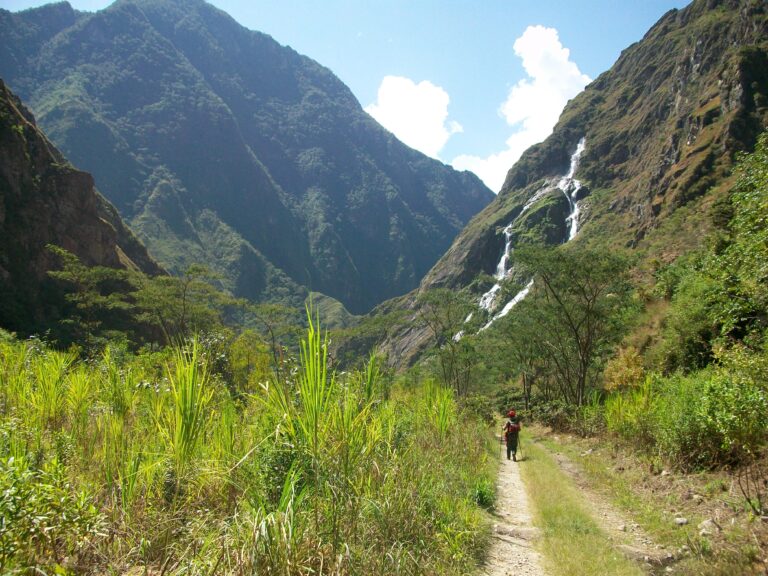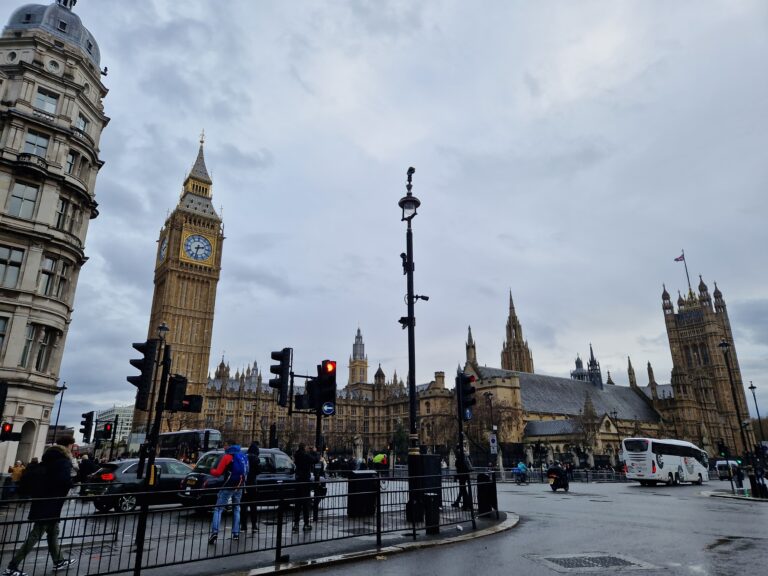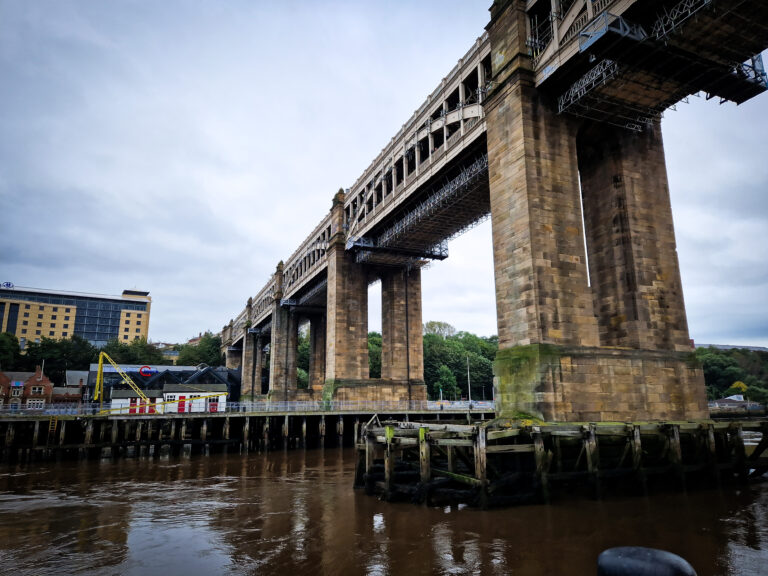Argentina. The “Class.”
Why Patagonia
I’m not sure why I never took the chance to study abroad in college. I was always skeptical of the actual academic value (beyond the inevitable “cultural” education of living in another country). In retrospect, though, I’m surprised I passed it up.
Maybe that’s why I jumped at this next adventure: an overseas “class” in Patagonia on “outdoor leadership.” I use the quotes with full facetiousness, since the “class” requirements boiled down to keeping a travel journal and planning a single meal for twenty people in the backcountry. The journal was something I would have done anyway, and as for the meal—let’s just say each bag of rice I carried in felt worth about one credit hour.
Buenos Aires: The Paris of Latin America
Not since Spain had I been on a large guided group trip like this one to Argentina. Through Miami’s Outdoor Pursuit Center, a group of twenty Miamians, my girlfriend, and I made our way south for a trip divided between Buenos Aires and Patagonia.
I’ve always preferred the freedom of independent travel, but this trip was a refreshing change of pace—and it forced me to spend time in Buenos Aires, a city I might have skipped on my own. We took a few Spanish lessons (just enough for the girls in the group to know what to yell if they were groped on the subway) and had a two-hour crash course in Argentine Tango. I’d already spent an entire semester trying to master tango back in college, but I still looked like an injured praying mantis on the dance floor.
Yes, this all fell squarely into “typical tourist” territory. But Buenos Aires isn’t the kind of place you visit just to enjoy the weather (which in January is incredible). With its vibrant cultural life and trendy urban vibe, it has earned the nickname “the Paris of Latin America.” I can’t judge how fair the comparison is, but I will say this: if I ever make it to France, I hope Paris is enjoyable enough that it lives up to being “the Buenos Aires of Europe.”
After a few memorable days in the city—capped off by a rooftop New Year’s Eve with champagne and Argentine tapas—we boarded a flight south to begin the second half of the trip: Patagonia.
Into Patagonia
A few hours in the air brought us to El Calafate, deep in the south of the country. At 50° S, Calafate lies just 1,000 miles from Antarctica. In summer, the sun doesn’t set until 10 PM. Thankfully, being there in January spared us most of the extreme conditions that come with living this close to the end of the world.
We settled into a backpackers’ hostel in El Chaltén and prepared for our days in the backcountry of Los Glaciares National Park.
Though these were the same Andes I had seen months before in Peru, the Patagonian range was entirely different. These weren’t lush, jungle-draped mountains rising gently from river valleys, like in Peru. Nor were they like Colorado’s Rockies, majestic but approachable, building gradually from foothills to alpine giants.
No—the Patagonian Andes are forbidding from base to summit. To the east they are guarded by massive, slow-moving glaciers; to the west, by frozen tundra. Peaks like Cerro Torre demand respect: to reach its summit, climbers must first cross crevasse-ridden glaciers and then endure a week-long vertical ascent up exposed rock. Climbing Magazine once likened it to being mauled by a rabid dog—“unpredictably violent and outrageously inevitable.”
By comparison, Pikes Peak in Colorado has been tamed by a road to the summit—emasculated, even. If Pikes Peak is the Kim Kardashian of mountains, then Cerro Torre is Mother Teresa. You’re not getting anywhere near the summit without real devotion.
The last nights of our trek we spent at the climbers’ camp near Cerro Torre, where mountaineers sometimes wait weeks for a brief clearing of the clouds before attempting their climb.
Travel Lessons
Argentina was memorable for many reasons. It was my last guided group tour, a format I usually dislike for its lack of freedom and privacy. But it provided a great template I’ve since used for planning my own trips (many shamelessly lifted from REI’s itineraries).
It was also the first big trip I took with my girlfriend Jenn—a test of our compatibility as travel partners. Had it gone badly, it might have been a deal-breaker. Luckily, we thrived, and even earned a group nickname: “Jurt.” It doesn’t quite roll off the tongue like “Brangelina,” but it probably beats “Kenn.” From here on out, the “we” in these stories usually means my wife and me.
By then a pattern had emerged in my travels: with the exception of Amsterdam, every destination had been a place where Spanish was spoken—or close enough (like Italian) that my limited skills sufficed. I once believed speaking the local language was essential. After Argentina, I began letting go of that notion.
As an American traveler, there are undeniable perks: the blue passport and English itself. It’s the de facto language of the world, and I’ve rarely been anywhere that “please,” “thank you,” and a decent game of charades weren’t enough.
So, goodbye Argentina and Latin America. Don’t cry for me.






